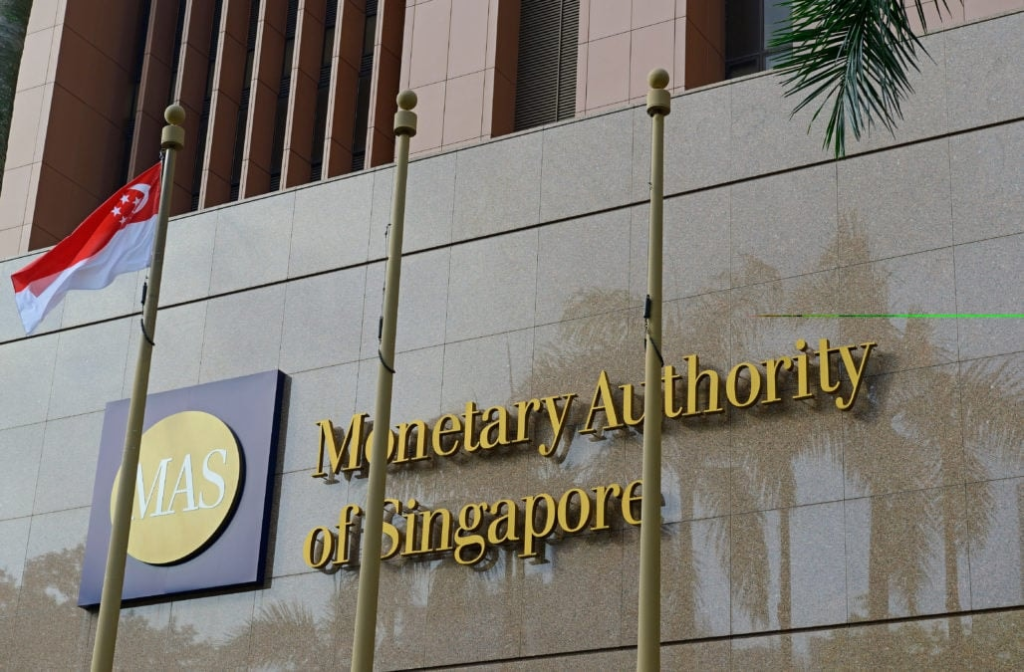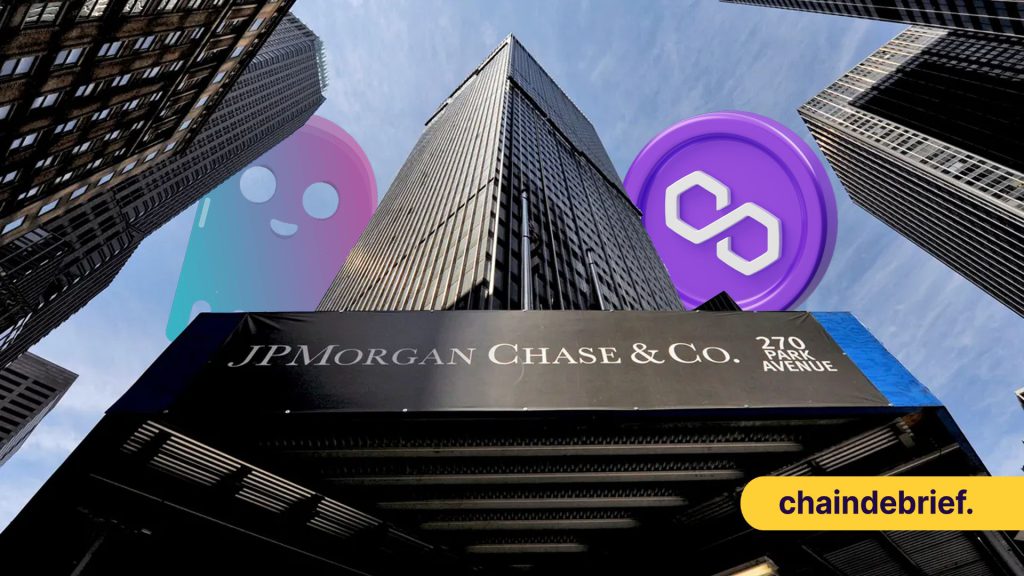Key Takeaways:
- The Monetary Authority of Singapore (MAS) is exploring DeFi applications under “Project Guardian”
- Leading investment bank J.P. Morgan executed their first ever DeFi trade live on the Polygon Network as part of the project
- Other banks and countries are also looking at the potential benefits of tapping into DeFi protocols
___________________________________________
It may be a bear market but there has been no shortage of progress and developments in the Web3 space.
Plenty of good projects have been sprouting of late and just yesterday, the Monetary Authority of Singapore (MAS) announced that the first industry pilot under MAS Project Guardian that explores potential decentralized finance (DeFi) applications in wholesale funding markets has completed its first live trades.

Also Read: 7 Market-Moving Narratives For November 2022
MAS Project Guardian
Under the first industry pilot, JP Morgan, DBS Bank and SBI Digital Asset Holdings conducted foreign exchange and government bond transactions against liquidity pools comprising tokenized Singapore Government Securities Bonds, Japanese Government Bonds, Japanese Yen (JPY) and Singapore Dollar (SGD).
Tyrone Lobban, head of J.P. Morgan’s Blockchain Launch and Onyx Digital Assets arms, announced that the first-ever live trade between the two fiat currencies on the public blockchain happened on Polygon.
WORLD! J.P. Morgan has executed its 1st *LIVE* trade on public blockchain using DeFi, Tokenized Deposits & Verifiable Credentials, part of @MAS_sg Project Guardian 🙌🚀🔥https://t.co/XI212SG4zg Many world 1sts here, & since this is public ⛓ here’s a transparent🧵on what we did:
— Ty Lobban (@TyLobban) November 2, 2022
A live cross-currency transaction involving tokenized JPY and SGD deposits was successfully conducted. In addition, a simulated exercise was performed involving the buying and selling of tokenised government bonds.
Here are the transaction details for J.P. Morgan’s first ever live trade on Polygon’s blockchain:
- Lending pool: https://polygonscan.com/address/0x06f6650D61f40418d6013f6dDb49581f860D96Bc
- Tokenized deposit contract for SGD issued by J.P. Morgan: https://polygonscan.com/token/0x5E85C16A31284cCa21d3eD0f8d86002B00D73142
- Verifier: https://polygonscan.com/address/0xE4Aa1f9065220B506A39ff8FdCa94D48CA20865E#readContract
- Live trade of SGD for JPY:

What’s next for banks?
DeFi enables financial transactions to be performed by entities directly with one another using smart contracts, without financial intermediaries.
The live transactions executed under the first pilot demonstrate that cross-currency transactions of tokenized assets can be traded, cleared and settled instantaneously among direct participants. This frees up costs involved in executing trades through clearing and settlement intermediaries, and the management of bilateral counterparty trading relationships as required in today’s over-the-counter (OTC) markets.
A survey conducted in 2021 by the Bank for International Settlements (BIS) found that 9 out of 10 central banks are developing Central Bank Digital Currency (CBDC) or running concrete experiments. The report published in May by BIS, an umbrella group for central banks, presented the results of a survey of 81 central banks conducted in autumn 2021.
The survey explored the level of engagement by banks in CBDC work, along with their motivations and intentions concerning CBDC issuance.
It also found that more central banks are developing or testing a retail CBDC, a digital currency designed to be used by consumers versus a wholesale CBDC, which is meant to be used by banks. It comes as no surprise as central banks are actively exploring CBDCs as they look to strengthen their digital payments and banking infrastructure.
From potentially improving financial inclusion, to speeding up cross-border transfers, CBDCs theoretically hold many promises.
JUST IN: 🇮🇳 India officially launches its digital rupee (CBDC) pilot.
— Watcher.Guru (@WatcherGuru) November 1, 2022
On Tuesday, India also announced that it has officially launched its digital rupee pilot.
What’s next for MAS?
Arising from the industry engagements, MAS is launching two new industry pilots:
- Trade Finance: Standard Chartered Bank is leading an initiative to explore the issuance of tokens linked to trade finance assets. The project aims to digitize the trade distribution market, by transforming trade assets into transferable instruments that are more transparent and accessible to investors.
- Wealth Management: HSBC and UOB are working with Marketnode to enable native digital issuance of wealth management products, enhancing issuance efficiency and accessibility for investors.
Further proposals from the industry that addresses the key focus areas of Project Guardian — open interoperable networks, trust anchors, asset tokenization, and institutional grade DeFi protocols — are very much welcome by MAS. MAS invites interested parties to submit proposals to the FinTech Regulatory Sandbox for live experimentation.
Mr Sopnendu Mohanty, Chief FinTech Officer of the MAS mentioned that “The live pilots led by industry participants demonstrate that with the appropriate guardrails in place, digital assets and decentralized finance have the potential to transform capital markets. This is a big step towards enabling more efficient and integrated global financial networks. Project Guardian has deepened MAS’ understanding of the digital asset ecosystem and has contributed to the development of Singapore’s digital asset strategy. We look forward to working with more institutions to advance global learning on policies, standards, and best practices for digital asset regulation and responsible innovation.”
Conclusion
Financial institutions are catching on to the benefits of decentralized finance — specifically, the removal of third-party intermediaries and their associated costs.
This proves as a crucial milestone for DeFi adoption in global banking as we are seeing more and more banks open to the idea of digital assets and tokenization. As time passes, more developments and exciting projects will surface and this can only be good news for crypto.
No doubt that there are an array of benefits, but there was a raft of issues that have been identified as a stumbling block for institutional adoption.
The biggest one is legal clarity, and that’s a basket of issues rather than just one. Other issues to be addressed include adoption incentives, guardrails such as smart contract audits and standards, and business models.
Read More: Will Singapore Roll Out It’s Maiden CBDC This Year?
[Editor’s Note: This article does not represent financial advice. Please do your own research before investing.]
Featured Image Credit: Chain Debrief



































